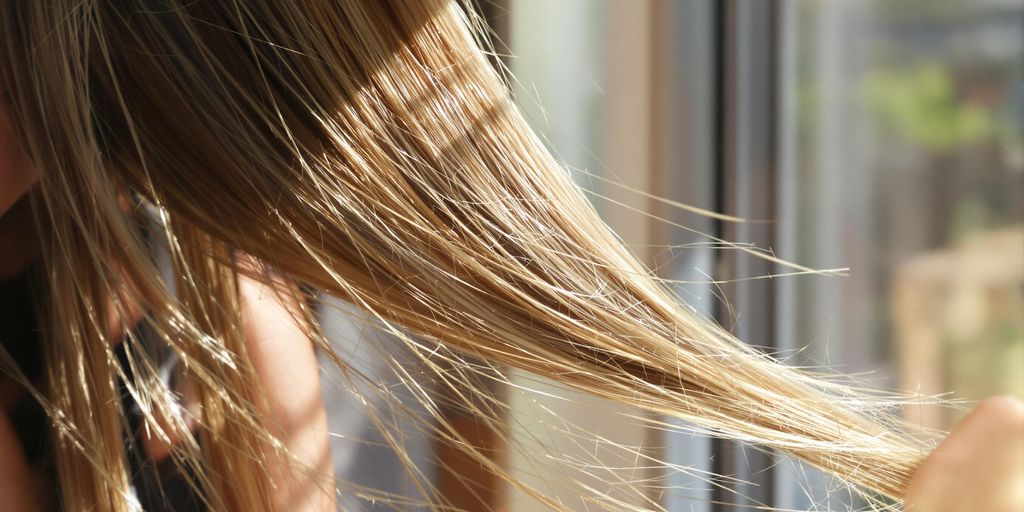The ascension of K-Beauty from being an exclusive trend to a cultural and economic juggernaut in the United States is undeniable, as depicted in the newly published report ‘Second Wave of K-Beauty’. First propelled into prominence with the introduction of BB cream in 2011, the influence of K-Beauty has escalated into a significant player in the cosmetic world.
The study outlines that in the initial four months of 2024, South Korean beauty exports outstripped France’s by reaching a value of $477.1 million, thereby securing the top spot in the US imported cosmetics market. A surge in interest for skincare routines emphasizing natural ingredients and elaborate plans has fueled K-Beauty’s revenue growth. The report suggests that the value is projected to have a huge leap from $3.8 billion in 2022 to a whopping $9.9 billion by 2032 in North America.
The initial K-Beauty wave brought in uniquely Korean products with ingenious packaging and novelty items, targeting a fun and playful theme. However, due to a minimal understanding of Korean culture and insufficient marketing routes among the westerners, the brands hit some hurdles with engaging a wide audience in the early 2010s.
The second wave of K-Beauty, on the other hand, has taken advantage of the explosive popularity of Korean culture itself, including K-pop, K-dramas, and Korean cuisine. K-Beauty is now appreciated for its revolutionary approach, utilization of organic resources, and fashionable packaging that captures the attention of millennials, Generation Z, and Hispanic consumers predominantly. According to the report, this wave is defined by innovation, cultural relevance and a robust digital presence.
Although skincare still remains the cornerstone of K-Beauty’s achievement, the report throws light on the industry’s successful penetration into hair care, color cosmetics, body care, and fragrances. The rise in Korean cosmetics sellers clocking over $100,000 per year has more than doubled since 2022, which validates their impressive growth in terms of product quality and quantity.
The evolution of K-Beauty into a comprehensive beauty solution is being driven by this expansion, which mirrors both consumer demand and K-Beauty’s background for natural, affordable merchandise. The sectors of hair care and body care specifically are foreseen to steer future growth.
Digital arenas like Amazon and TikTok have played a crucial role in fueling K-Beauty’s second wave of growth in the US. K-Beauty income on Amazon.com witnessed a 78% hike year on year in 2023 and predictively will more than double in 2024. With 170 million American viewers, TikTok too has significantly boosted K-Beauty’s growth, contributing to a whopping 180% increase in searches for “Korean skincare” in 2023 alone. Furthermore, a considerable growth can be observed even in the hashtag trends related to K-Beauty on TikTok showing the power of social media in driving product visibility and sales.
The popularity of K-Beauty in the US has been further magnified by positive feedback and testimonials shared on platforms like Instagram and TikTok which applaud these products for being high quality and affordable. Increase in sales influenced by positive word-of-mouth has led to a significant rise in US exports from small to medium-sized K-Beauty brands.
The powerful cultural and economic influence of the second wave of K-Beauty is more than just a transient trend; it is reshaping the US beauty industry. K-Beauty, with its inventive products, intense social media influence, and growing consumer base, is predicted to continue expanding across multiple beauty categories. US cosmetics manufacturers and retailers who acknowledge and incorporate the lessons of the second wave, especially in aspects such as distribution and digital marketing, would successfully benefit from this thriving market.





